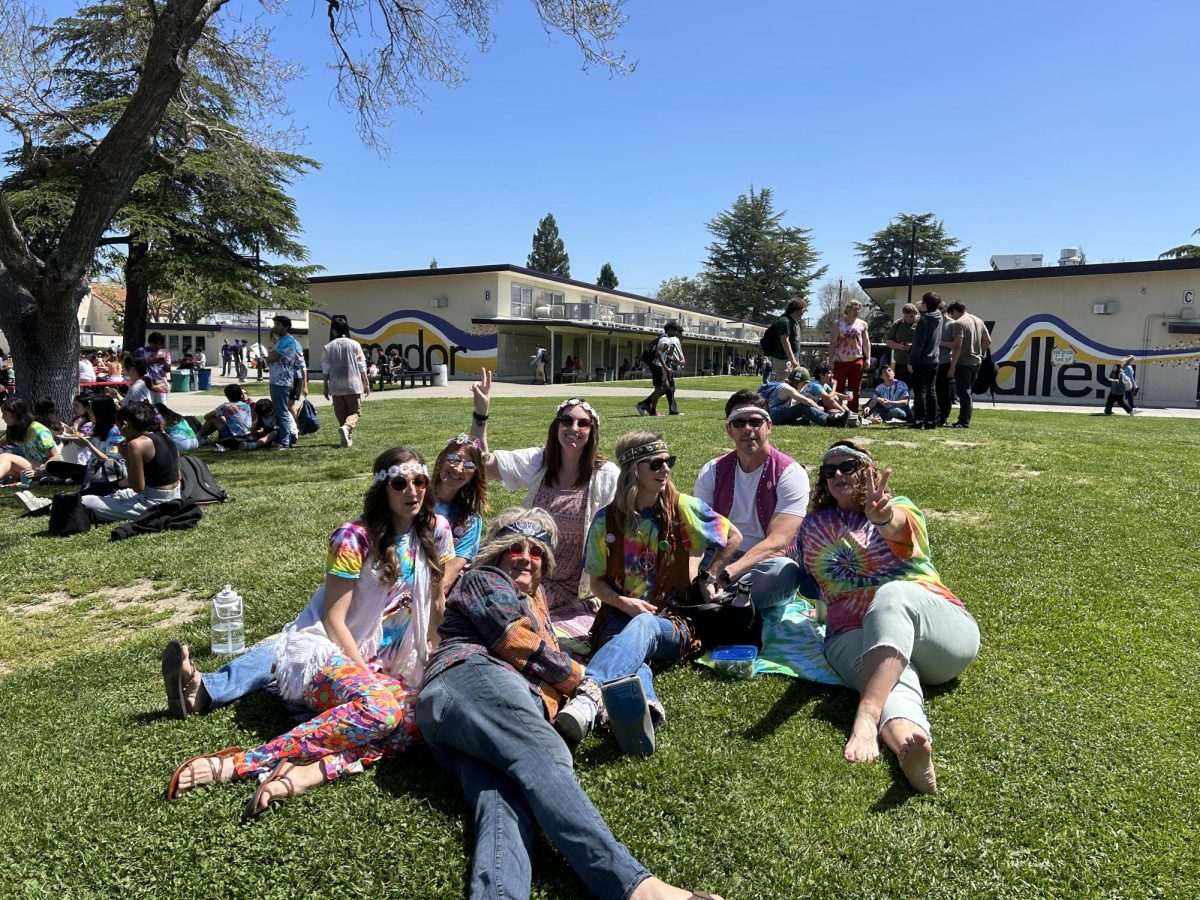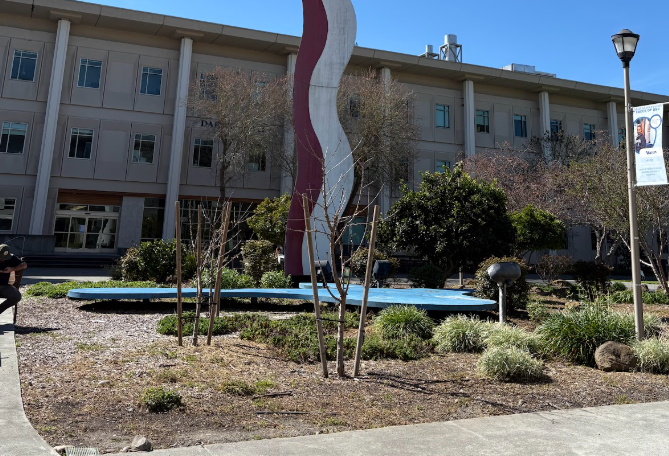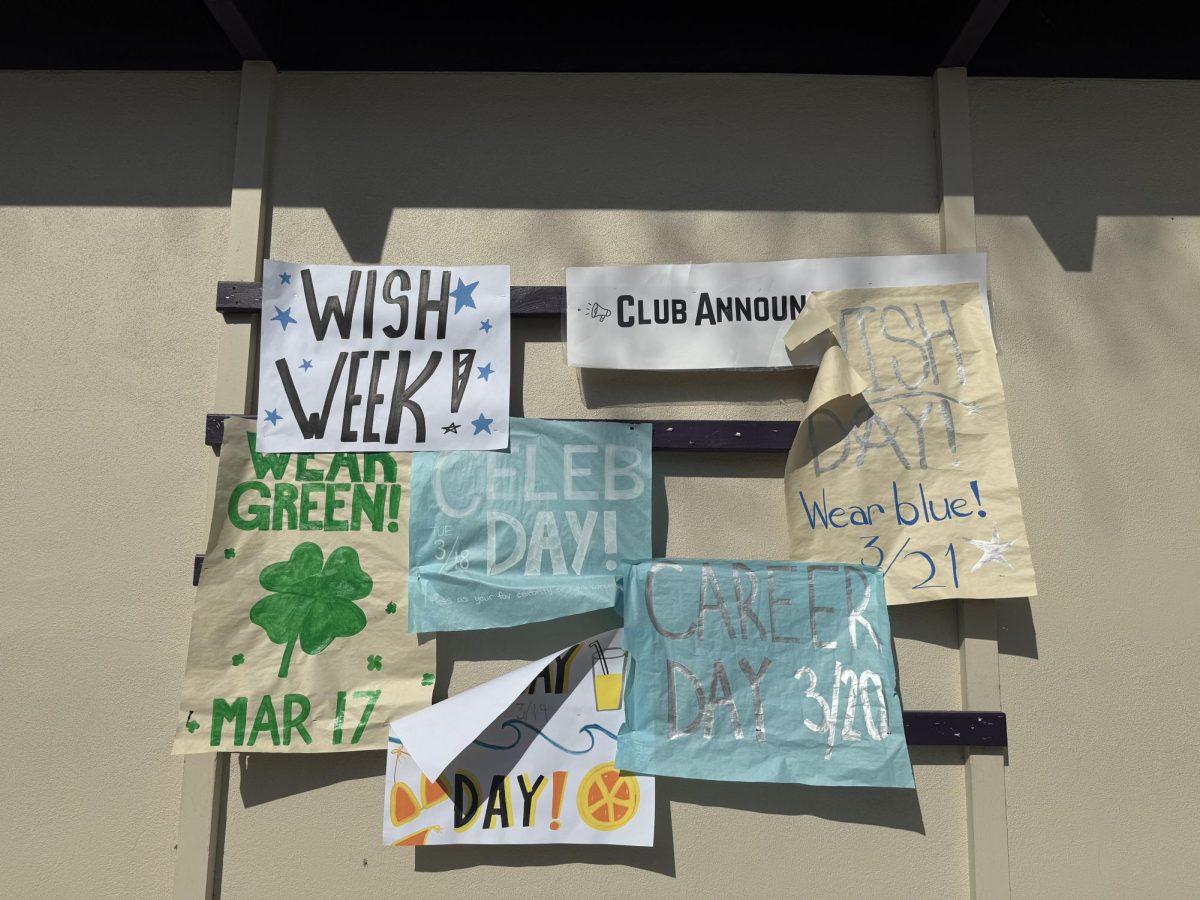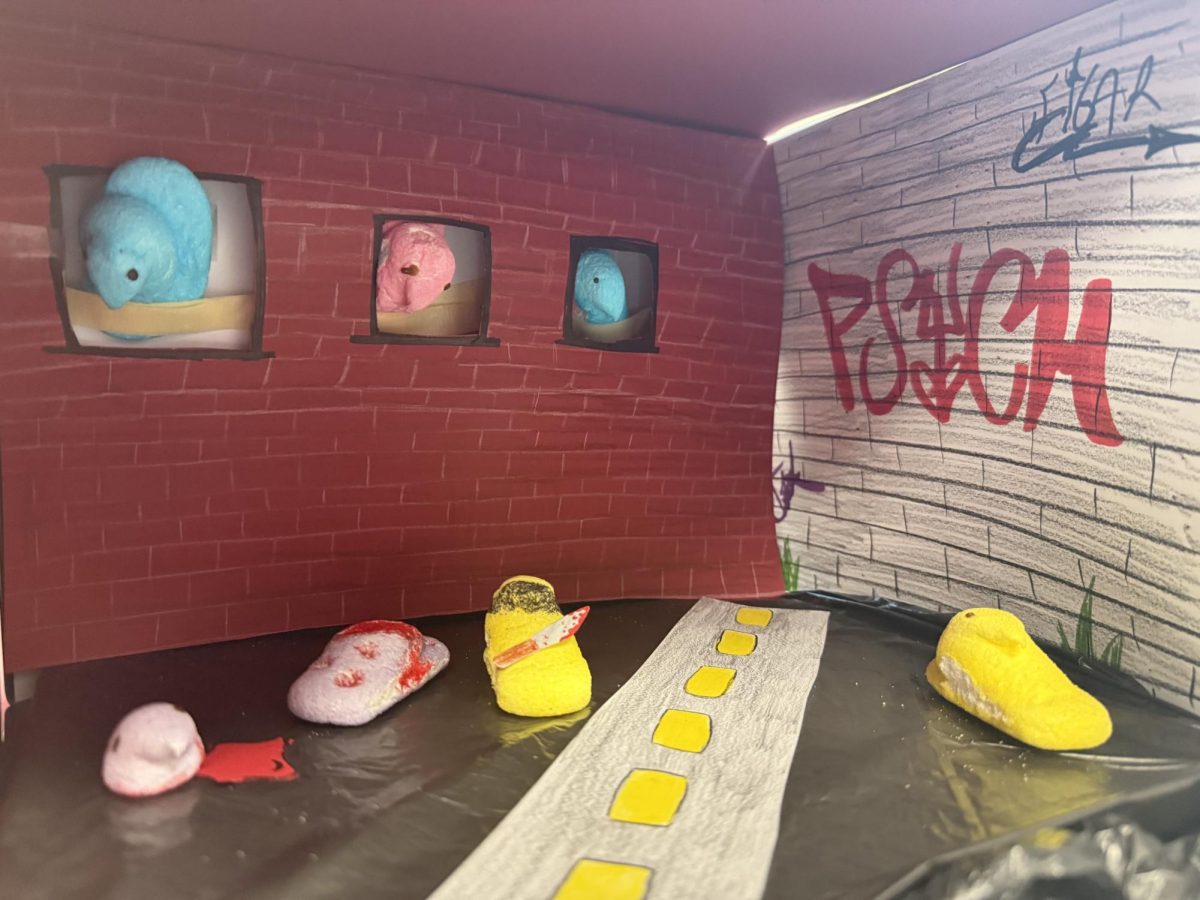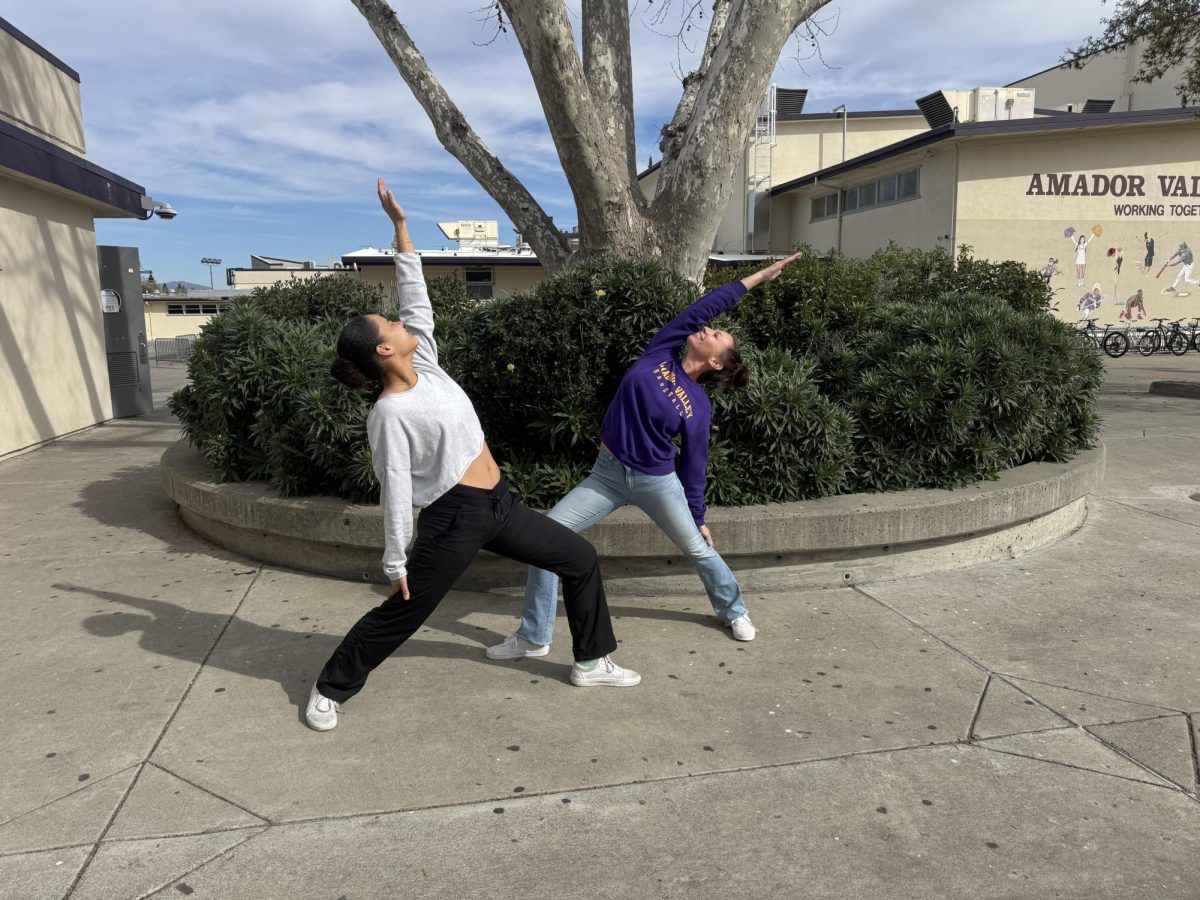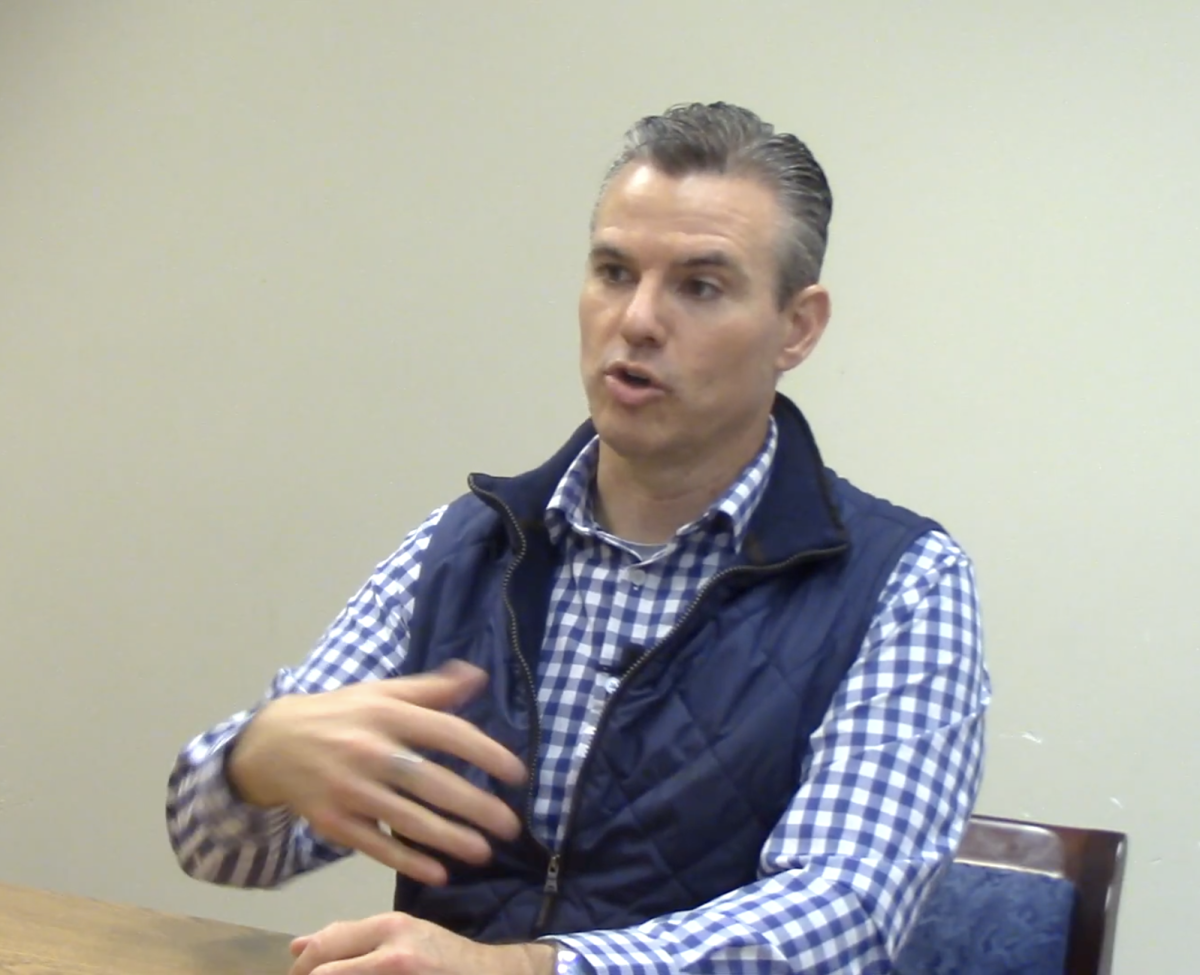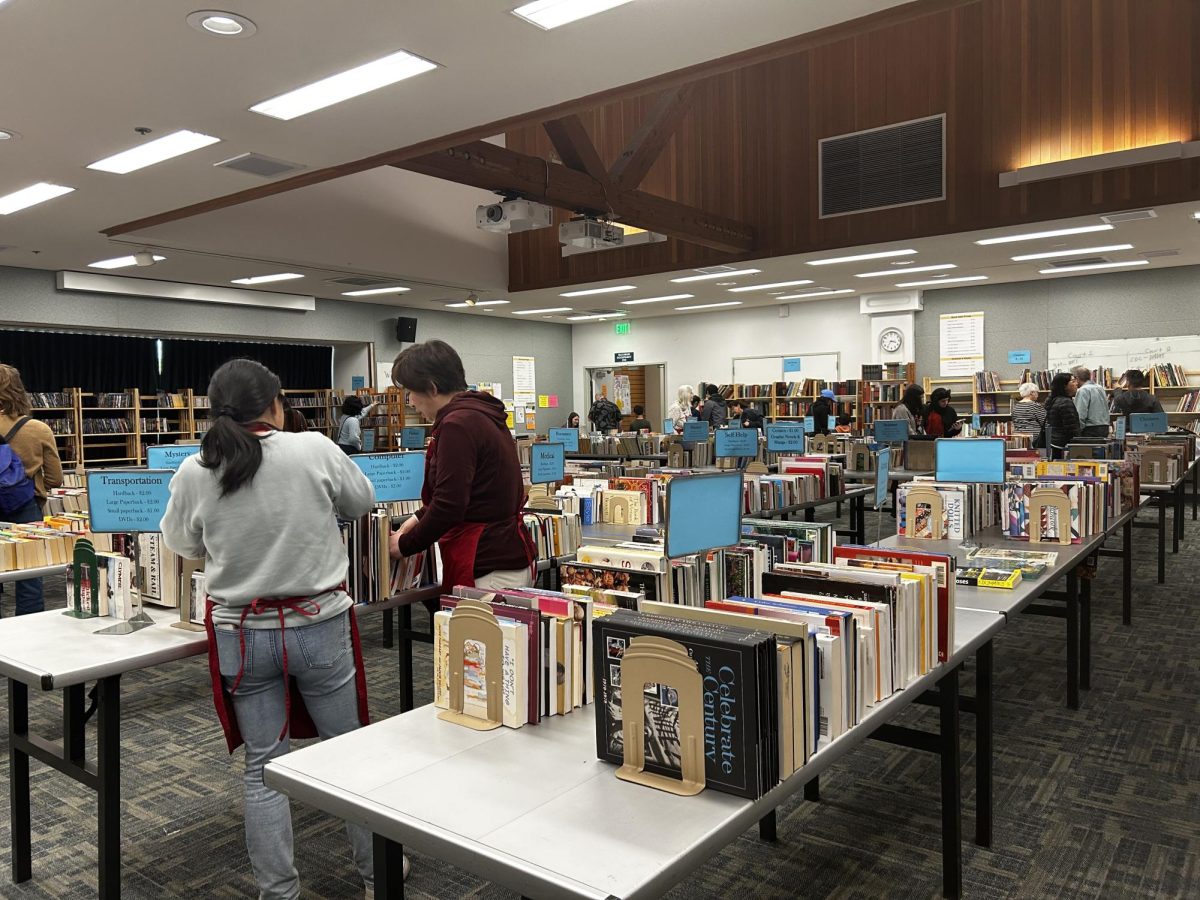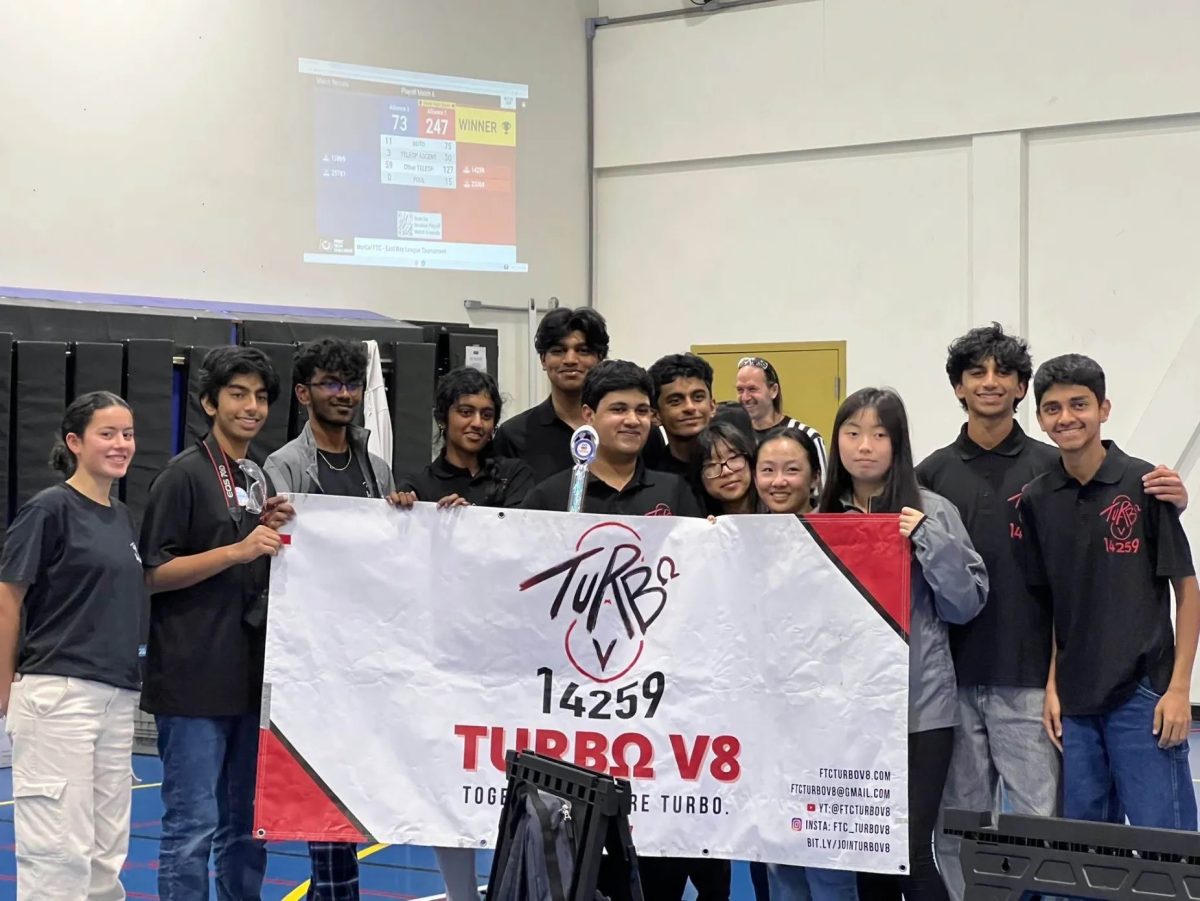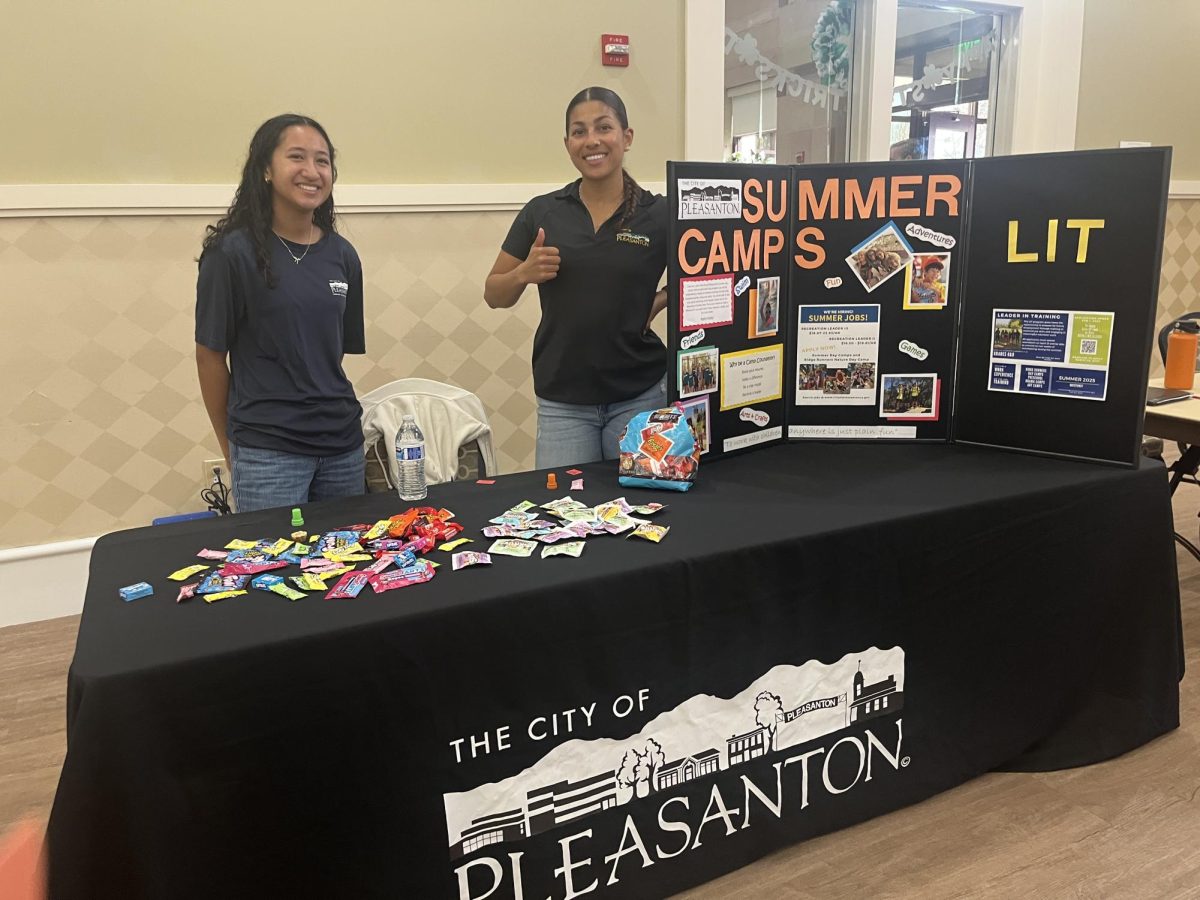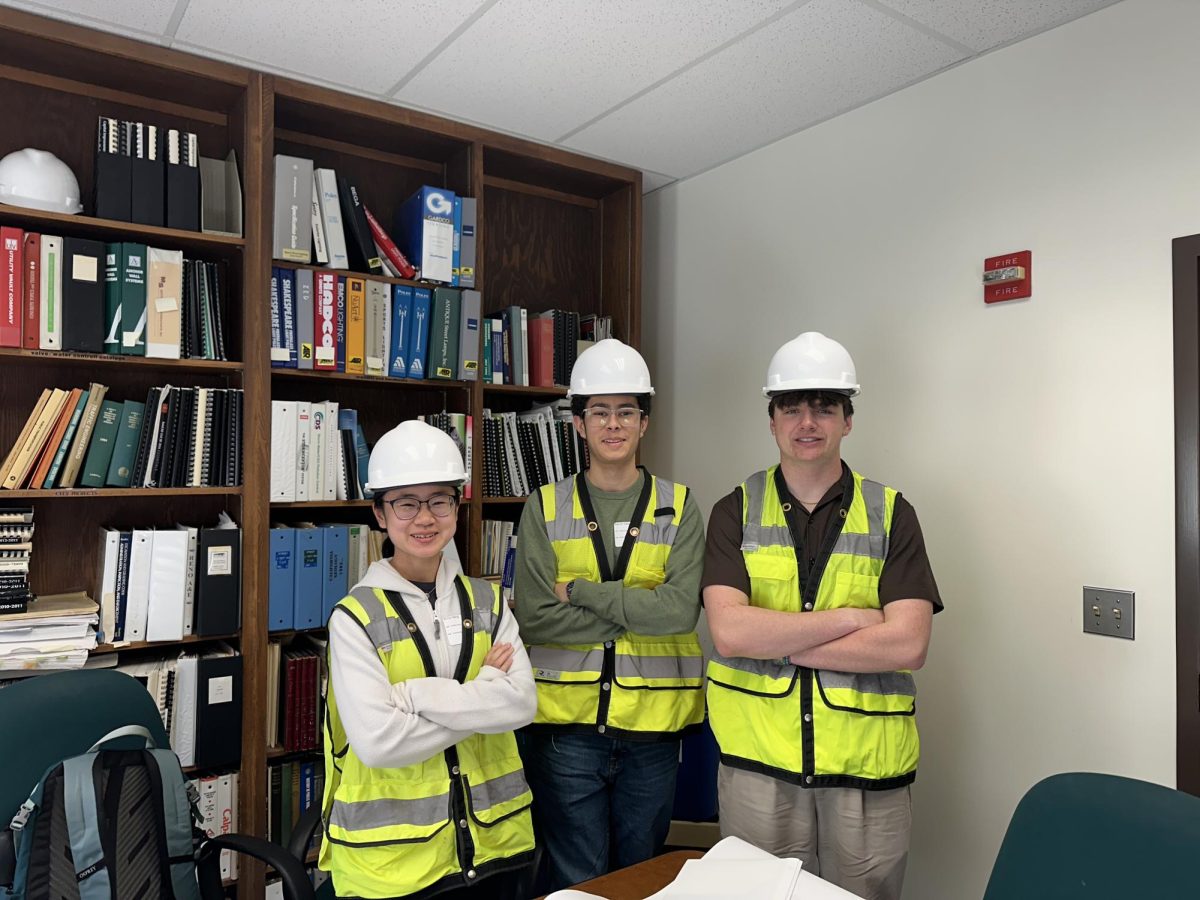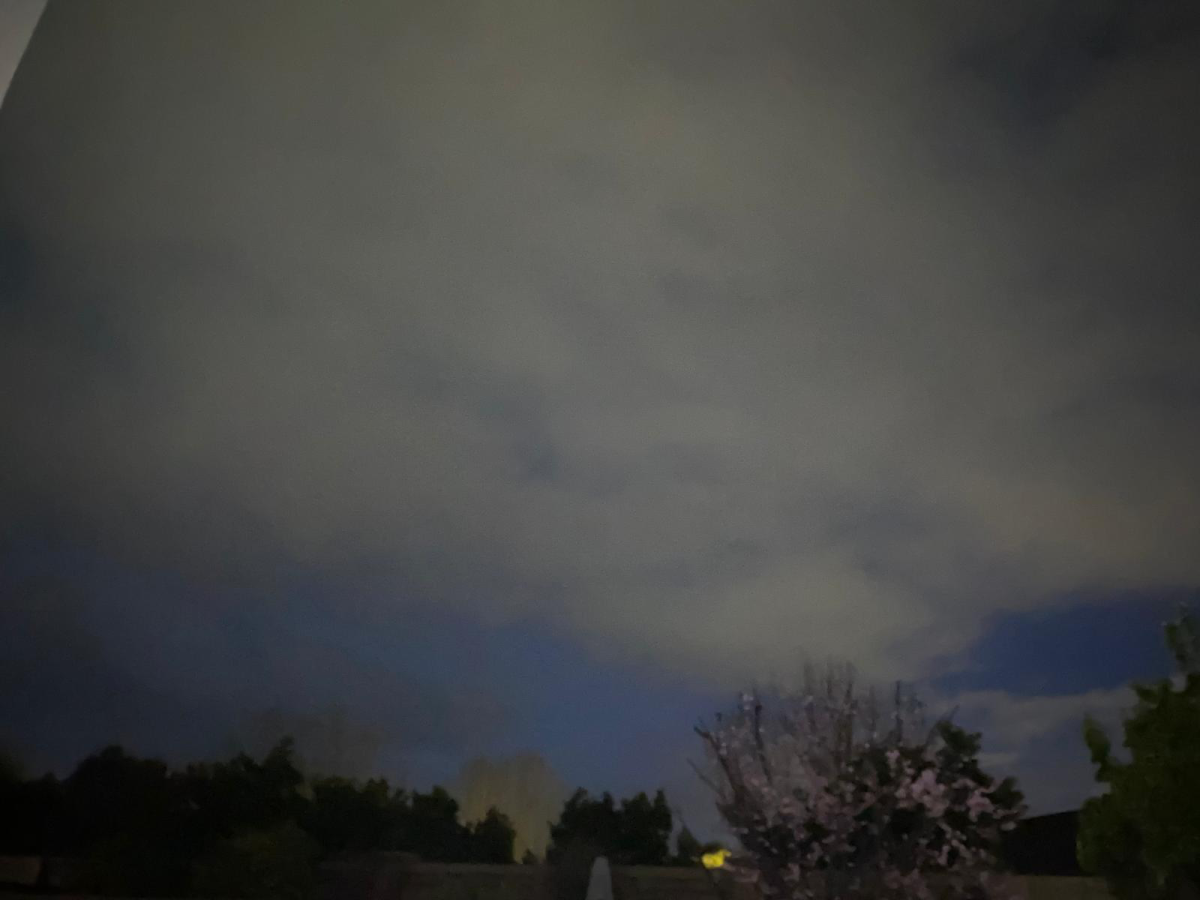Channeling the 1960s and 70s, Amador’s US History classes celebrated their annual counterculture day on Friday, April 19. Complete with a hippie-style picnic and tie-dyed shirts, the Junior class immersed themselves in counterculture spirit.
“The reason we do counterculture day is because we want the kids to see and feel what it was like to live in the time that they’re reading about. This makes it seem a little bit more real to them,” said US History teacher Christopher Murphy.
Earlier in the week, students tie-dyed t-shirts to wear on counterculture day. Each student picked their colors of choice and created a one-of-a-kind wearable masterpiece.
“I especially love the tie-dye. I think it’s a good bonding experience for all of the juniors,” said Mairi Wohlgemuth, AP US history teacher.
On counterculture day juniors come to school decked out in tie-dye. Taking things up a notch, US history teachers like Murphy and Thomas Dalldorf arrive as full- on hippies. The day before, students and teachers decorated US History classrooms with a full neon makeover complete with lava lamps, music, and strobe lights.
“One of the things [hippies] embraced was tie-dye. Why the tie dye? Well, it checked two boxes,” said Dalldorf. “One, it embraced the psychedelic. I hate to tell you this but psychedelic drugs were a huge thing during this period. Don’t go there, I’m just telling you that’s what they were into. But the tie-dye goes along with that crazy color thing. Another thing is that no two tie-dye shirts look alike, they’re all completely random. It embraces that idea of individualism.”
During lunch, students make their way to hippie hill in the center of the quad. Here, students and teachers alike spread out to enjoy lunch in a brightly colored setting. With a playlist set to the hits of the era, students immersed themselves in the counterculture experience.
“I think [celebrating counterculture day is] valuable because it’s a subculture of the 1960s that a lot of people kind of glorify and are curious about. This just is a really fun way to express our historical knowledge and live in a time period that had its highs and lows to it,” said Wohlgemuth.

